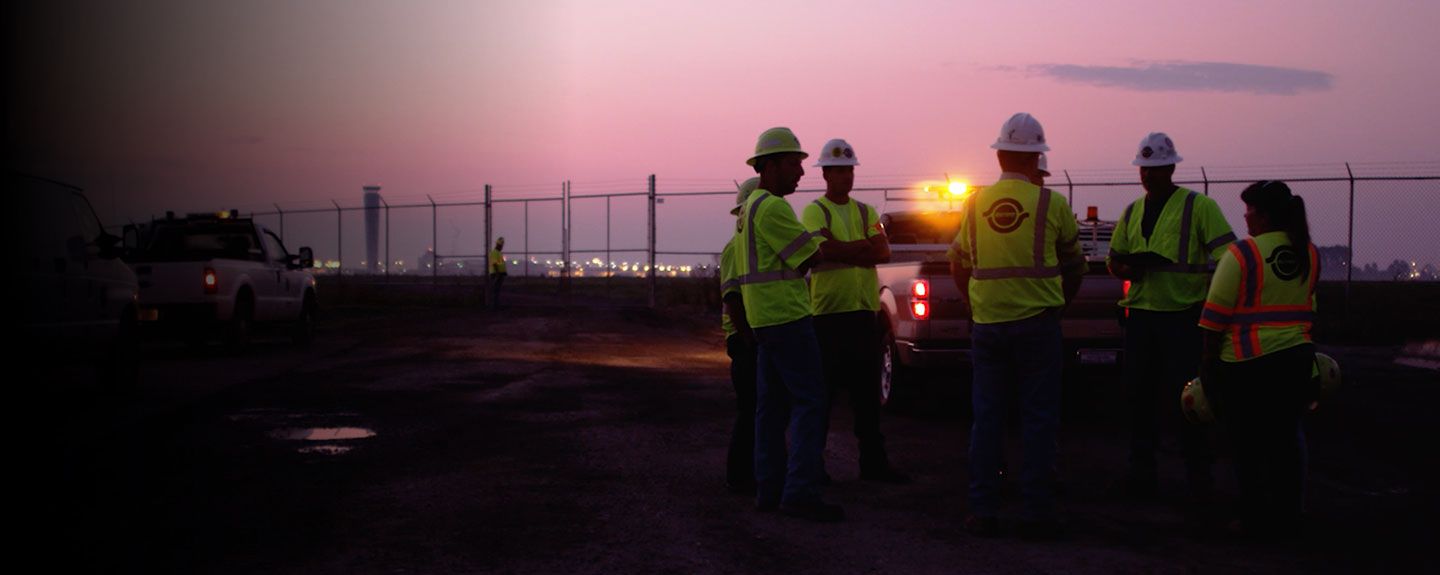

Sign In
Welcome! Sign In to personalize your Cat.com experience
If you already have an existing account with another Cat App, you can use the same account to sign in here
Register Now
One Account. All of Cat.
Your Caterpillar account is the single account you use to log in to select services and applications we offer. Shop for parts and machines online, manage your fleet, go mobile, and more.
Account Information
Site Settings
Security
What is a safety culture?
A true safety culture is where safety practices are embedded across an organization, where safety is approached pro-actively and all team members accept ownership of safety. It goes beyond safety fundamentals, where safety responsibility is assigned to specific individuals, to a culture where safety behaviors are demonstrated by every employee across the entire organization. A safety culture takes some time to develop and embed, but organizations who succeed are rewarded with improved engagement, reduction in incident rates, and increased productivity.
What does an organization with a strong safety culture look like?
Safety roles and responsibilities are assigned across the organization, with employees at all levels taking ownership of safety.
- Management is visibly committed to initiatives.
- All employees are empowered to contribute to the safety conversation and speak openly about observed risks.
- A long-term safety strategy is in place, with representation and accountability at all levels.
- The Safety Department is viewed as a valuable resource, not the sole owner of safety, since responsibility for safety is shared across the organization.
- Safety culture or leadership data is analyzed to determine trends and support strategic decision-making.
Four ways to know if you have a true safety culture
| ALL EMPLOYEES ENGAGED | The conversation around safety is a positive part of everyday work. |
| EMBEDDED ACCOUNTABILITIES | Safety is owned at every level and everyone understands what they are accountable for - from the leadership to the front line. |
| ORGANIZATIONAL ADOPTION | Best-practice safety processes are adopted at all stages of production, and a system of continual improvement. |
| LEADER COMMUNICATION | Safety is a key part of the business conversation, embedded into company-wide communications. |






